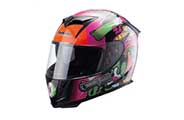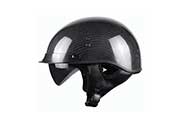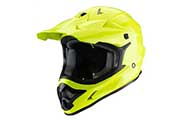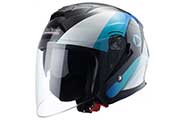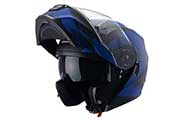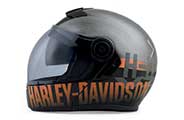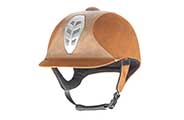Best Kids Helmets
MPM has over 10 years of history as an ODM and OEM manufacturer of custom helmets. Our in-house team of experienced designers and engineers work closely with you to transform your vision into a helmet masterpiece. Whether you are a small business or a global brand, MPM can meet your needs flexibly and efficiently, enabling high-volume production without compromising quality. Let’s dive into the unique benefits of MPM:
- Quality: MPM prioritizes rider protection. All helmets comply with strict international safety standards, giving you peace of mind.
- Design: Children’s helmets often feature an ergonomic design to ensure the helmet fits the head and provides a comfortable fit. From size and shape to color and pattern, MPM allows you to personalize every detail to create a look that reflects you. Unique style of helmet.
- Material: Children’s helmets usually use high-strength, high-toughness materials, such as carbon fiber, glass fiber, etc., to ensure that the helmet can effectively protect the head in a collision.
- Construction: Children’s helmets often have a multi-layer structure to disperse the force of a collision and reduce the risk of head injury.
Manufacturing Excellence: MPM utilizes cutting-edge technology and strict quality control to ensure each helmet has impeccable construction and superior safety. - Price: The price of children’s helmets is usually higher than that of ordinary children’s helmets, but discounts can be obtained based on the wholesaler’s purchase quantity.
Custom Kids Helmets Design
FAQ About Custom Kids Helmets
When it comes to safety, the best type of helmet for kids is one that is specifically designed for their intended activity. For biking, skateboarding, or rollerblading, a multi-sport helmet that meets safety standards such as CPSC (U.S. Consumer Product Safety Commission) or ASTM (American Society for Testing and Materials) is recommended. These helmets are designed to provide protection for multiple types of activities.
For skiing or snowboarding, a helmet designed for winter sports with additional insulation and protection for cold weather conditions is ideal.
It’s important to ensure that the helmet fits properly and is worn correctly to provide maximum safety for kids during their activities. Always look for safety certifications and choose a helmet that is appropriate for the specific activity.
It’s generally recommended to replace a helmet after 5-10 years, depending on the manufacturer’s guidelines and the helmet’s condition. Over time, the materials in a helmet can degrade due to exposure to sunlight, sweat, and other environmental factors, which can affect its ability to provide adequate protection.
If you have a helmet that is 10 years old, it’s advisable to replace it with a new one, as it may not offer the same level of protection as when it was new. Always follow the manufacturer’s recommendations for replacing helmets and inspect them regularly for signs of wear and tear. Your child’s safety is paramount, and a properly functioning, up-to-date helmet is an important part of that.
The safest helmet to wear for motorcycle, bicycle, or other similar activities is generally considered to be a full-face helmet. Full-face helmets provide the most comprehensive protection for the head and face, offering coverage for the entire head, including the chin and jaw areas. Here are some key features that make full-face helmets the safest choice:
1. Head and Face Protection: Full-face helmets provide a hard outer shell and an impact-absorbing liner that covers the entire head, including the face. This design offers protection against impacts from all angles, reducing the risk of head and facial injuries in the event of a crash.
2. Chin Bar: The integrated chin bar in full-face helmets adds an extra layer of protection for the lower face and jaw, which are particularly vulnerable in accidents. This feature helps reduce the risk of facial injuries and provides added stability to the helmet during impacts.
3. Shield or Visor: Full-face helmets typically include a built-in shield or visor that protects the eyes from wind, debris, and insects, enhancing overall safety and visibility during riding.
4. Reduced Wind Noise and Fatigue: The enclosed design of full-face helmets helps reduce wind noise and fatigue during long rides, contributing to better focus and concentration while riding.
5. Enhanced Aerodynamics: The streamlined shape of full-face helmets offers better aerodynamics, reducing wind resistance and providing a more stable riding experience at higher speeds.
When selecting a full-face helmet, it’s important to choose a model that meets or exceeds safety standards, such as DOT (Department of Transportation), ECE (Economic Commission for Europe), or Snell certification. Additionally, proper fit and comfort are crucial for ensuring that the helmet provides optimal protection.
While full-face helmets are generally considered the safest option, it’s important to choose a helmet that suits your specific riding needs and preferences. Always prioritize safety and select a helmet that meets the appropriate safety standards for your chosen activity.

